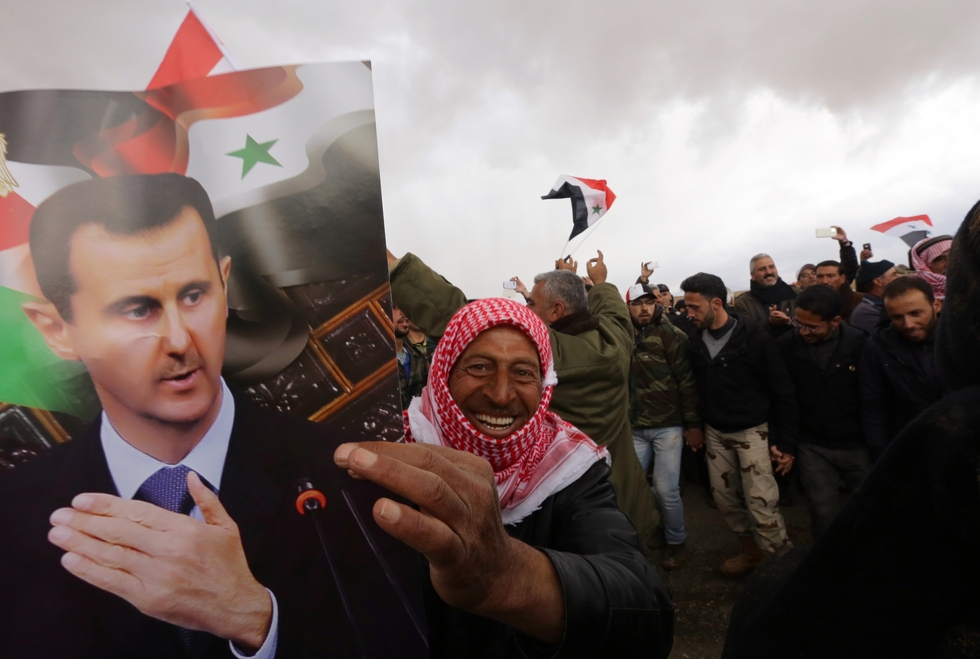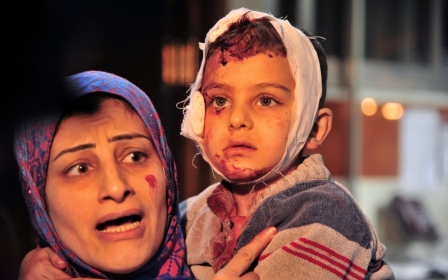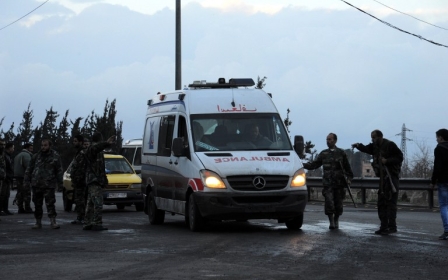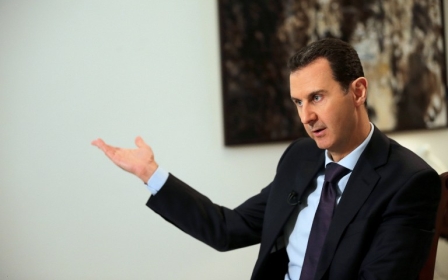US and Russia announce ceasefire date for Syria

The United States and Russia announced on Monday that a cessation of hostilities in Syria will go into effect on Saturday 27 February.
In a joint statement, the two countries said it would apply to parties that have commit to the cessation of hostilities, but not to the Islamic State group or the Nusra Front, an al-Qaeda affiliate.
Crucially, it states that opposition groups signing up to the terms will be guaranteed protection from military action by Russia, the US and Syria.
Syria's main opposition grouping said it accepted the ceasefire deal if humanitarian "conditions" were met.
The statement by the Riyadh-based High Negotiations Committee came just hours after the ceasefire statement was released.
"After HNC general coordinator Riad Hijab presented the results of his discussions with opposition factions across all fronts, we agreed to respond positively to international efforts to reach a truce deal," the HNC said. But its "commitment to the truce is conditional" on the lifting of sieges, release of prisoners, a halt to bombardment of civilians and the delivery of humanitarian aid.
The US State Department made the five-page plan public after presidents Barack Obama and Vladimir Putin spoke on Monday.
"If implemented and adhered to, this cessation will not only lead to a decline in violence, but also continue to expand the delivery of urgently needed humanitarian supplies to besieged areas and support a political transition to a government that is responsive to the desires of the Syrian people," US Secretary of State John Kerry said in a statement.
"We are all aware of the significant challenges ahead," Kerry said. "Over the coming days, we will be working to secure commitments from key parties that they will abide by the terms."
Putin said Russia would do "whatever is necessary" to ensure that Damascus respects the agreement, adding: "We are counting on the United States to do the same with its allies and the groups that it supports."
The plan broadly follows the timeline set by Washington, Moscow and 15 other countries at a conference in Munich earlier this month. That agreement called for a truce by 19 February, a deadline that was missed.
The date is also beyond the 25 February plan to resume UN-sponsored peace talks in Geneva between the opposition and the government of Bashar al-Assad.
The Monday agreement also sets up a "communications hotline" and a working group to promote and monitor the truce, if needed.
The agreement states that armed opposition groups, the Syrian government and any of its supporters must confirm to both Russia and the US by no later than midday on 26 February that they are bound to the agreement.
They must state they are bound to the UN resolution 2254 and participate in its stated UN-sponsored peace negotiations, cease attacks, refrain from seeking further territory in Syria and allow humanitarian aid into their areas.
It also states that all parties can use "proportionate" force in self-defence against any violations of the ceasefire.
The statement goes on to say Russia and the US are prepared to ensure "parties participating in the cessation of hostilities from being attacked by Russian armed forces, the US-led counter ISIL coalition, the armed forces of the Syrian government and other forces supporting them, and other parties to the cessation of hostilities".
The UN secretary-general, Ban Ki-Moon, welcomed the announcement as a "long-awaited signal of hope" and urged all sides to abide by it.
A halt in hostilities in Syria would come after five years of brutal civil war that have killed more than 260,000 people and seen half the population displaced, including over four million overseas.
Shortly after the announcement of the ceasefire pact on Monday, Assad announced that parliamentary elections are to be held on 13 April, state news agency SANA reported. Assad issued a decree which included seat allocations for each of the provinces in Syria, which last held parliamentary elections in May 2012.
Middle East Eye propose une couverture et une analyse indépendantes et incomparables du Moyen-Orient, de l’Afrique du Nord et d’autres régions du monde. Pour en savoir plus sur la reprise de ce contenu et les frais qui s’appliquent, veuillez remplir ce formulaire [en anglais]. Pour en savoir plus sur MEE, cliquez ici [en anglais].




